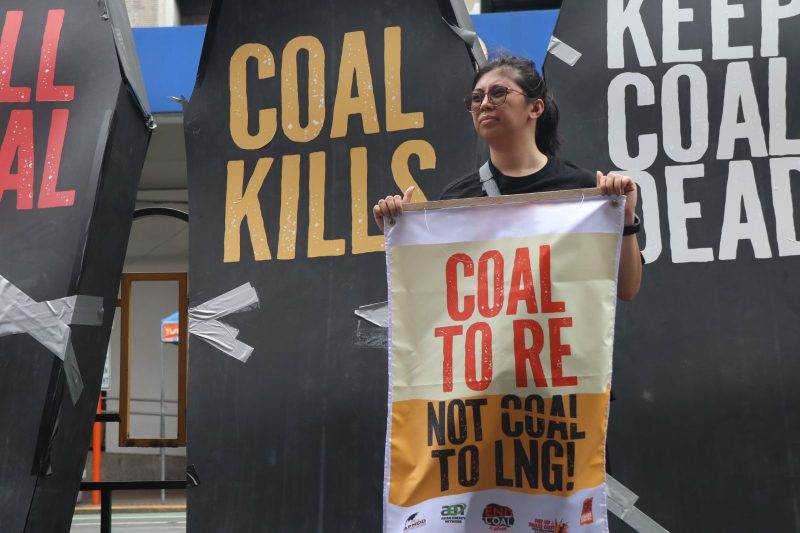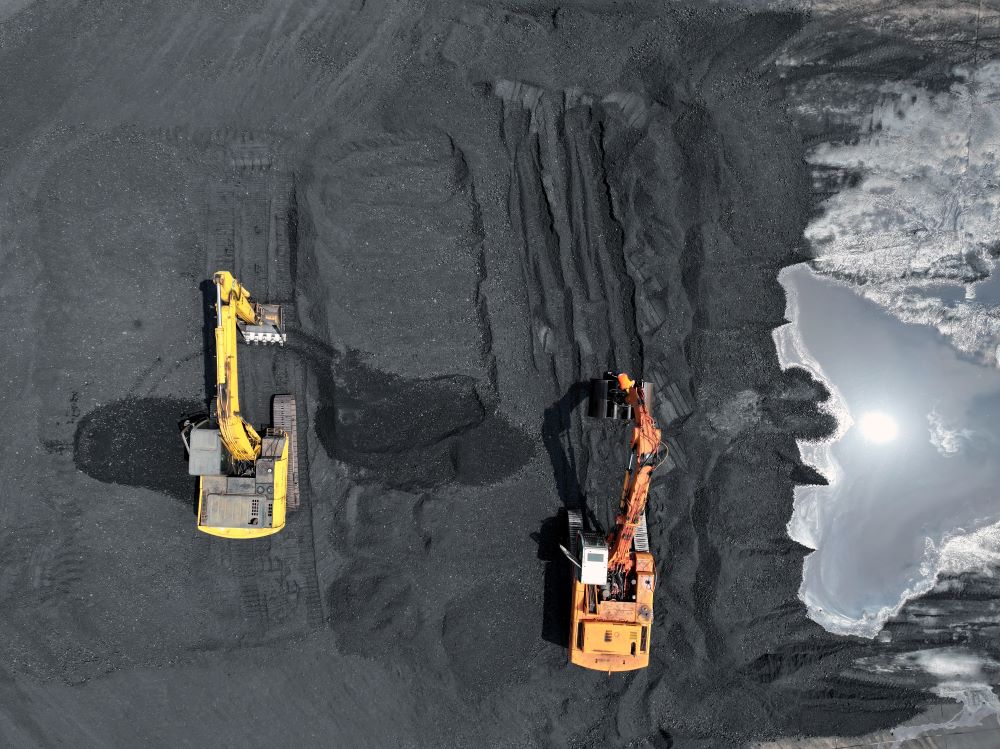Lidy Nacpil is coordinator of the Asian Peoples’ Movement on Debt and Development (APMDD).
A few years ago, the world was on a path to ending coal, the most carbon-intensive fossil fuel and the single biggest contributor to carbon dioxide emissions. Active and sustained campaigning brought coal closer to the point of death and the world to a coal-free future.
Several developments made this evident. One, the shrinking of the pipeline of new coal and the shutting down of hundreds of coal projects across the globe. Two, the commitment of 44 governments to end the construction of new coal plants and cancellation by a further 33 countries of new coal projects. Three, the shifts in the policies of several public financial institutions and private banks to either wind down or immediately end coal financing. And four, the emergence of cheaper renewables that downgraded new investments in coal as a costly mistake.
Since 2015, more than half of countries with coal power have reduced or kept their operating capacity flat. In addition, announced, pre-permit, permitted and construction coal capacity was reduced by 68% globally. From 2015 to 2021, changes in the global pipeline of proposed coal power plants showed a 76% collapse in coal construction.
Fossil fuel transition back in draft pact for UN Summit of the Future after outcry
There was broad consensus that coal power generation must be rapidly phased out to reduce emissions significantly and, consequently, the risks and impacts of climate change. Anti-coal campaigns hounded corporations on the terrible economics of coal-based energy. They successfully pressured hundreds of firms to stop financing or pull back investments in coal or issue policies to limit exposure to coal. They also made coal uninsurable.
A litany of research and analysis of the implications of coal combustion on climate targets echoed the pressure. According to a 2021 report from the International Energy Agency (IEA), to meet the goals of the Paris Agreement, coal phase-out must take place in advanced economies by 2030 and in the rest of the world by 2040. An assessment model exploring the implications of the 2C temperature limit has found that, globally, over 80% of current coal reserves should remain unused from 2010 to 2050 to meet the 2C target.
Conflict boost for coal
Despite all of this, coal is rising again today, driven by demand growth and operating capacity increases in developing and emerging economies. Global coal use and capacity rebounded in 2022 and grew to an all-time high in 2023. Total global capacity in pre-construction also increased by 6% in 2023.
The demise of coal, as it turns out, is a lot of gas, literally and figuratively.

Climate campaigners marched to Mendiola Street, near Malacanang Palace in Manila, on Sept 13, 2024, calling out the Philippines energy department and President Marcos for allowing coal expansion despite a 2020 moratorium. The protesters demanded an end to new coal and rapid phaseout of all coal by 2035. (Photo: APMDD)
The failure of governments to rapidly shift to renewable energy is key to coal’s staying power. The energy crisis caused by the war in Ukraine triggered a buying frenzy for coal and gas, driving prices to record levels. Asian countries increased coal production to secure energy supply. Some European countries brought mothballed coal-burning power plants back online or removed caps on production at coal-fired plants.
No wonder fossil fuels still dominated global energy demand in 2022, with coal holding 35% of the share in the power sector. This, despite a massive renewables growth of 266 gigawatts – the highest growth ever – bolstered by solar and wind.
Asia is the hotbed of both coal resurgence and fossil gas expansion. China, India and Indonesia already account for more than 70% of the world’s coal production. India and China, both of which have adopted aggressive renewables targets, are substantially using more coal and are poised to increase their coal use significantly in the coming years.
Finance flows to fossil fuels
The world’s top commercial banks are mainly responsible for the global flow of funds for new coal in Asia. These banks are headquartered in rich countries like the US, Canada and the UK that have not built a new coal plant within their countries for years. At the same time, major Asian banks are now playing a growing role in coal expansion in the region. Having weak or non-existent exclusions on coal, these banks are creating new coal financing “havens” in the region.
The same is true for the flow of finance for the gas build-out. The major players are the world’s top commercial banks, major Asian banks and public financial institutions. Japan’s megabanks and state-bank Japan Bank for International Cooperation (JBIC) lead the world’s biggest financiers of Southeast Asia’s gas expansion.
EU “green” funds invest millions in expanding coal giants in China, India
Over 60% of global gas-fired capacity in development is based in Asia. Governments are pursuing the gas build-out to ostensibly meet growing energy demand while turning away from coal. Current gas expansion plans in Southeast Asia could lead to a doubling of gas-fired power capacity and an 80% increase in LNG import capacity. This would lock the region into an economically volatile fuel that is dangerous for people and the climate.
Alongside the planned expansion of gas power, coal’s resurgence will be massively detrimental to climate goals. It also draws investment away from the transition to renewable energy. Coal and gas will not deliver affordable, reliable, sustainable and clean energy in Asia, where millions suffer from energy poverty.
Renewables have become the cheapest and fastest-growing source of electricity worldwide, with annual capacity additions more than doubling from 2015 to 2022. We must replace coal with renewables – not with dirty, inefficient, volatile energy sources like gas.
On September 13, climate activists are holding mobilisations in over 50 countries on all continents calling for a fast, fair and funded phase-out of fossil fuels and the delivery of climate finance. These kick off a Global Week of Action for Climate Finance and a Fossil-Free Future ahead of Climate Week NYC (September 22-29) when world leaders assemble for the UN General Assembly and the first UN Summit of the Future where they will agree a Pact for the Future. For details of the actions: https://payupandphaseout.org
